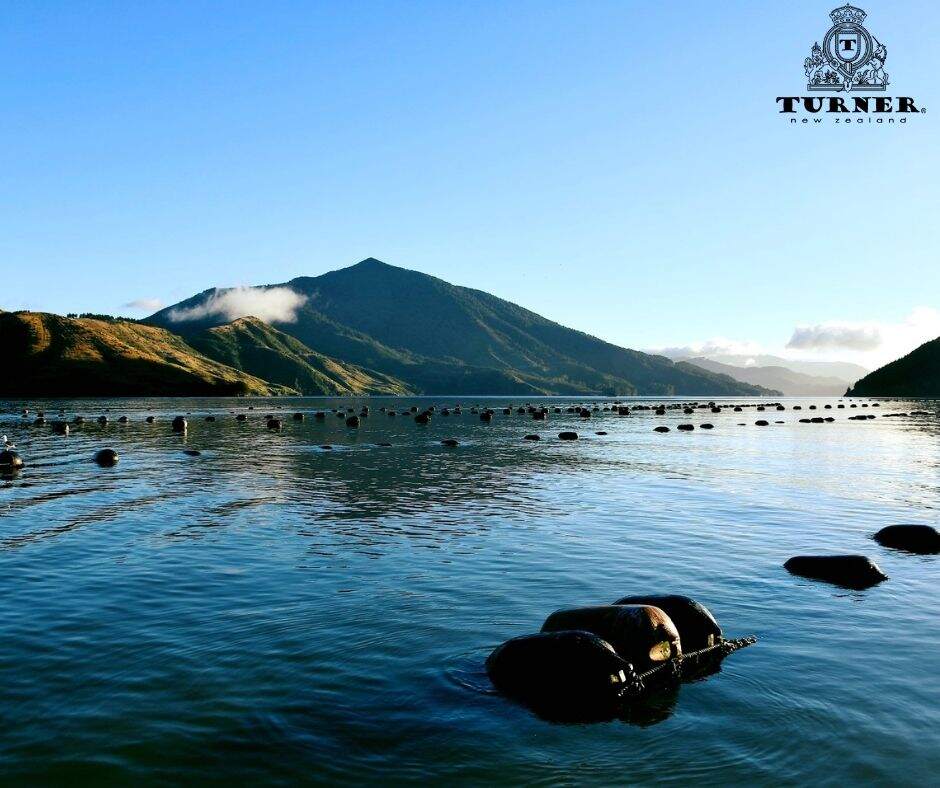
Although intermittent increases in inflammation are essential for our survival during physical injury and infection, research has revealed that when the inflammation is not tamed and shut down appropriately, it can do more harm than good.
Increasing evidence suggests that modern lifestyle factors can promote chronic inflammation, leading to several diseases that collectively represent the leading causes of morbidity and mortality worldwide, such as cancer, non-alcoholic fatty liver disease, diabetes mellitus, chronic kidney disease, cardiovascular ailments, and others.
One of the best ways to reduce or avoid inflammation is by consuming food with excellent anti-inflammatory properties. And, talking of Anti-inflammatory foods, how can we not mention one of the most potent anti-inflammatory foods on earth – The Green lipped mussels and even more powerful, green-lipped mussel oil!
In this article, let’s see how this powerful anti-inflammatory oil is harvested and made. First, let's get to know about this briefly. Let’s get started!
What are green-lipped mussels?
The New Zealand green-lipped mussel, also known as Perna canaliculus, is a bivalve mollusk grown in New Zealand and has significant economic value. Around the whole coastline of New Zealand, the Perna canaliculus can be found.
It varies from other mussel species in that it has a single adductor muscle and shells that are dark brown or green with green lips around the edges. It is also among the largest species of mussel, growing to a length of 240 millimeters (9 inches). Consuming it guarantees you several health advantages, anti-inflammatory being the prime one.
What makes green-lipped mussels from New Zealand a powerful anti-inflammatory food?
We all know New Zealand has a massive hole in its ozone layer, which allows more UV rays to pass through and reach the living forms on the land. To combat this radiation stress, plants there, especially the phytoplankton, the tiny plantlike microorganisms in water, produce extra antioxidant and anti-inflammatory biomolecules.
In a process known as filter-feeding, these mussels push vast amounts of seawater over their gills, trapping phytoplankton. This antioxidant-rich phytoplankton is the primary food source of the green-lipped mussels, thus making them too high in anti-inflammatory biomolecules.
Another noteworthy point about green-lipped mussels from New Zealand is that they're densely packed with omega-3 fatty acids, particularly eicosatetraenoic, which is several times more potent anti-inflammatory fatty acid than the normal Omega fats.
Also Read: Anti-Inflammatory Foods from a Registered Dietitian
How are green-lipped mussels farmed?
In green-lipped mussel farming, spat (young, immature mussels) are raised in farmed colonies at varying ocean depths until they are ready to be harvested.
Massive amounts of spats that are linked to clumps of seaweed can be seen washing up on the shore in some parts of the country.
A tubular cotton rope is used to collect and secure this seaweed to a nursery rope. The spats migrate to the rope when the seaweed and stocking decompose. To reduce predatory behavior, nursery lines are kept in locations with few fish. However, the most crucial factor is to set up lines in clear, calm water that is free of pollution.
To give the juvenile mussels room to continue growing, they are reseeded onto a culture rope after three to six months. These ropes are arranged into loops and suspended from a longline, a surface rope. Longlines are made up of parallel ropes fastened to buoys at the water’s surface using concrete.
The green-lipped mussels can be harvested in 9 to 18 months. Through routine mussel sampling, the precise moment for harvesting is identified. De-clumped, cleaned, and separated from their shells, mature mussels are taken off the culture ropes. The process is completed in a matter of hours thanks to new mechanical equipment.
Depending on the weather, predation, and farm circumstances, the typical development cycle lasts between 14 and 18 months. Maori people who originally inhabited New Zealand enjoyed green-lipped mussels even before they gained commercial significance.
Although they can be found throughout the country, green-lipped mussels are primarily grown in New Zealand’s four main regions: Marlborough, Stewart Island, Coromandel, and Golden Bay/Tasman Bay.
Following the collapse of wild mussel harvesting due to overfishing in the late 1960s, New Zealand’s mussel farming business was established. Initially, people built small-scale mussel farms while exchanging ideas and experimenting with new technologies. Green-lipped mussels are currently the most significant marine organism raised in New Zealand, surpassing world-famous New Zealand’s King Salmon.
Also Read: Story of New Zealand's Green Lipped Mussels
Also Read: Green-Lipped Mussel Recipe
How is green-lipped mussel oil extracted?
The quality of the process impacts the quality of the oil extracted; hence extracting oil from mussels must be done extremely cautiously. This work is carried out by trained specialists using a biotechnological extraction method.
To avoid “cooking” the mussels and losing their nutritional value, the shell is poked open and the meat is extracted without heat. The mussels stay fresh during this process thanks to cutting-edge pasteurization.
Oil is then extracted after that. Some of the best green-lipped mussel oil brands use ultrasonic cold-extraction technology to preserve the integrity of the oil, Some companies still use the more traditional methods of using supercritical CO2 extraction techniques, but modern ultrasonic technology makes the green-lipped mussel oil 53 times more potent.
So while getting one for you, look into how the green-lipped mussels are farmed and harvested and how the oil is extracted.
Hope the article was helpful to you. Need recommendations for some excellent green-lipped mussel oil brands? Comment below!





